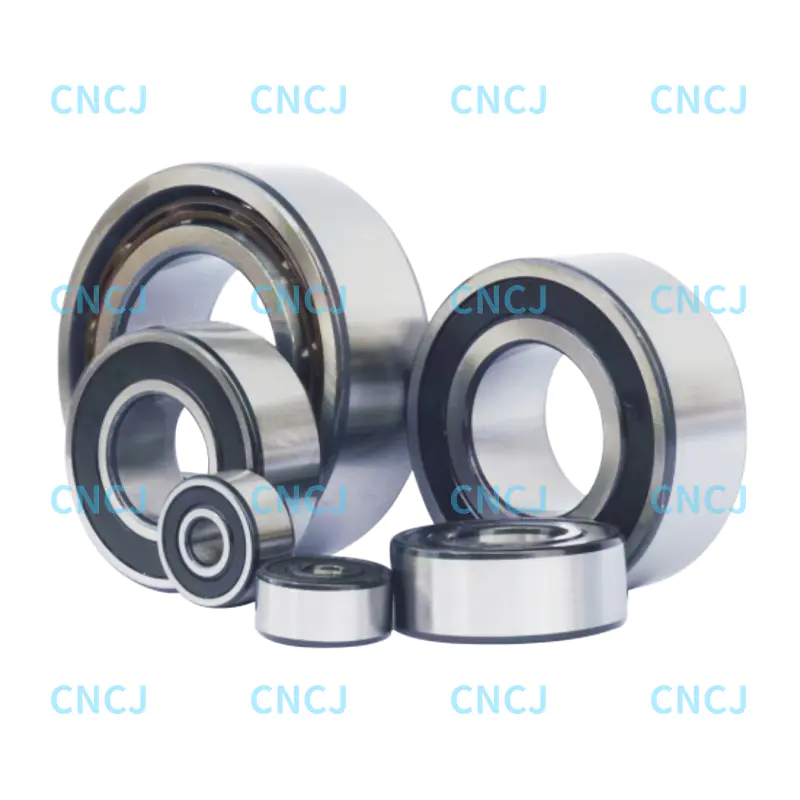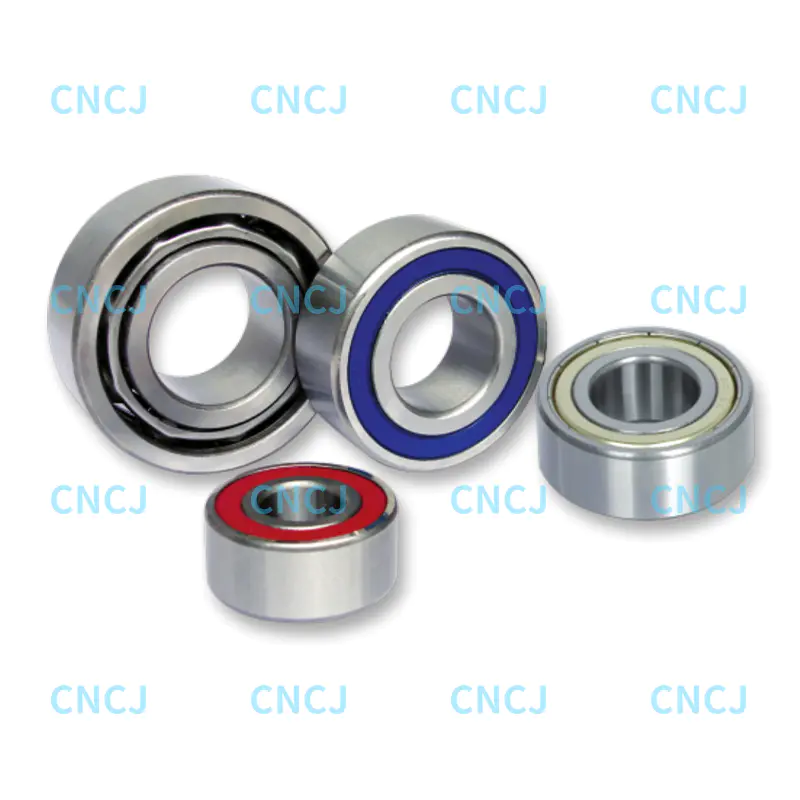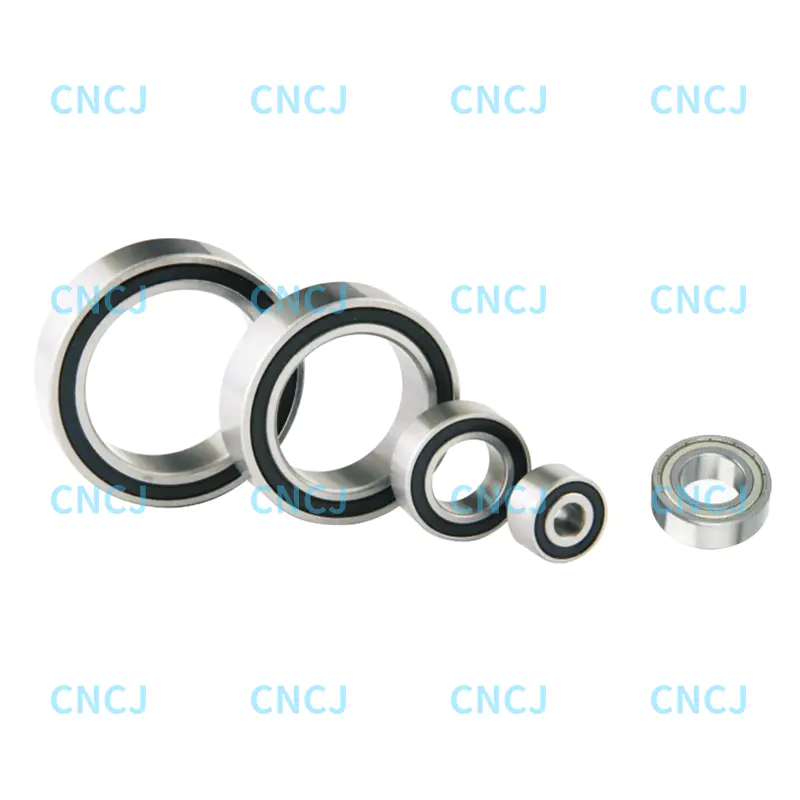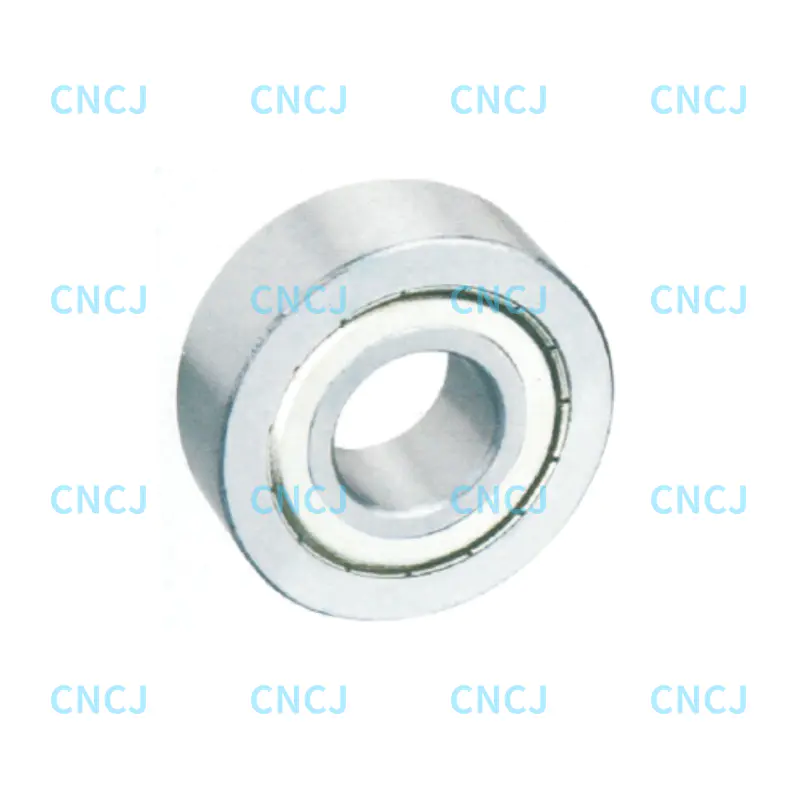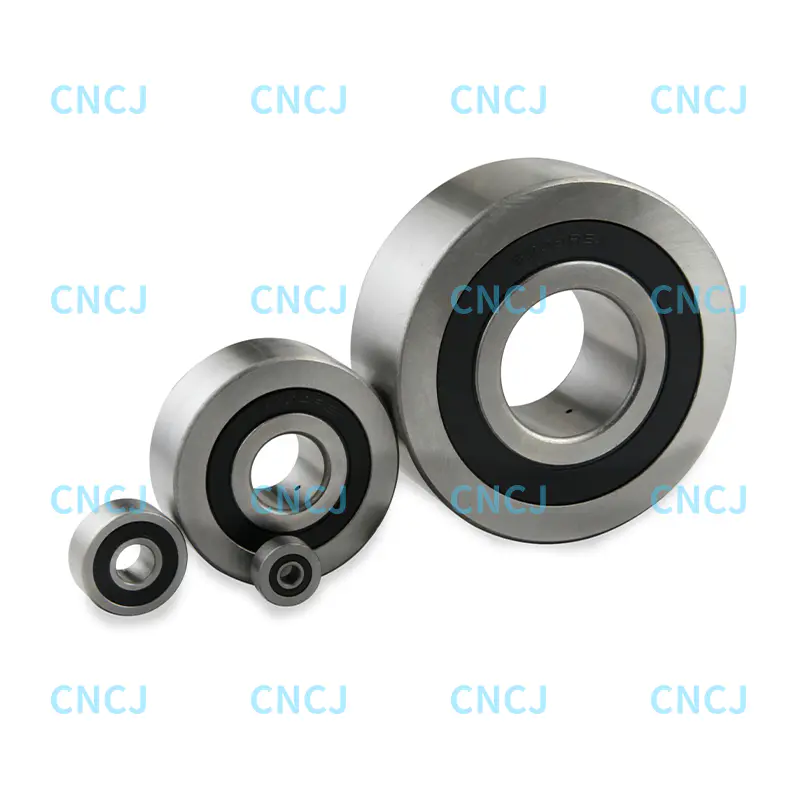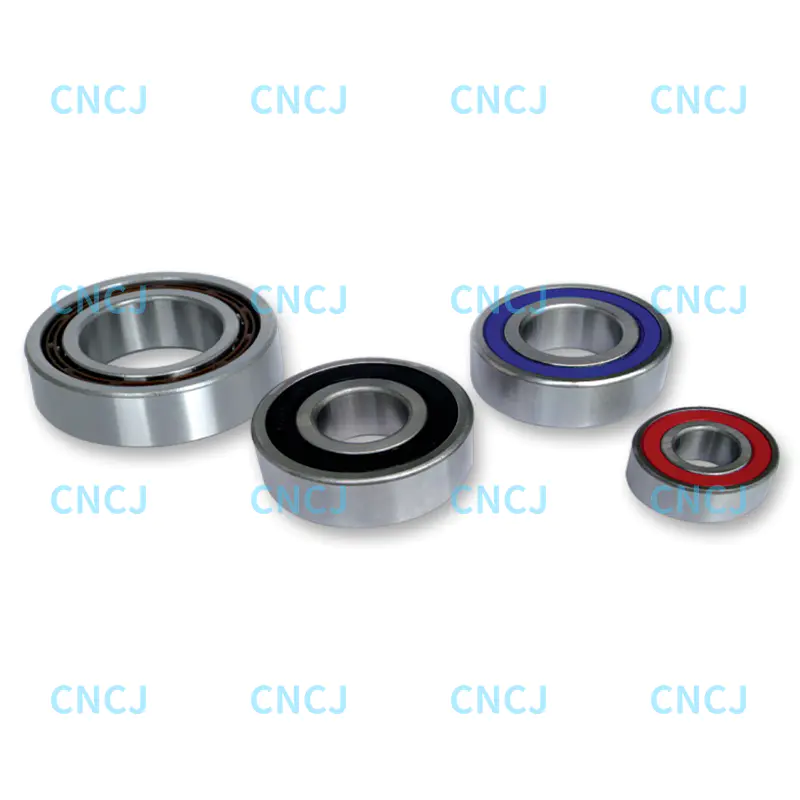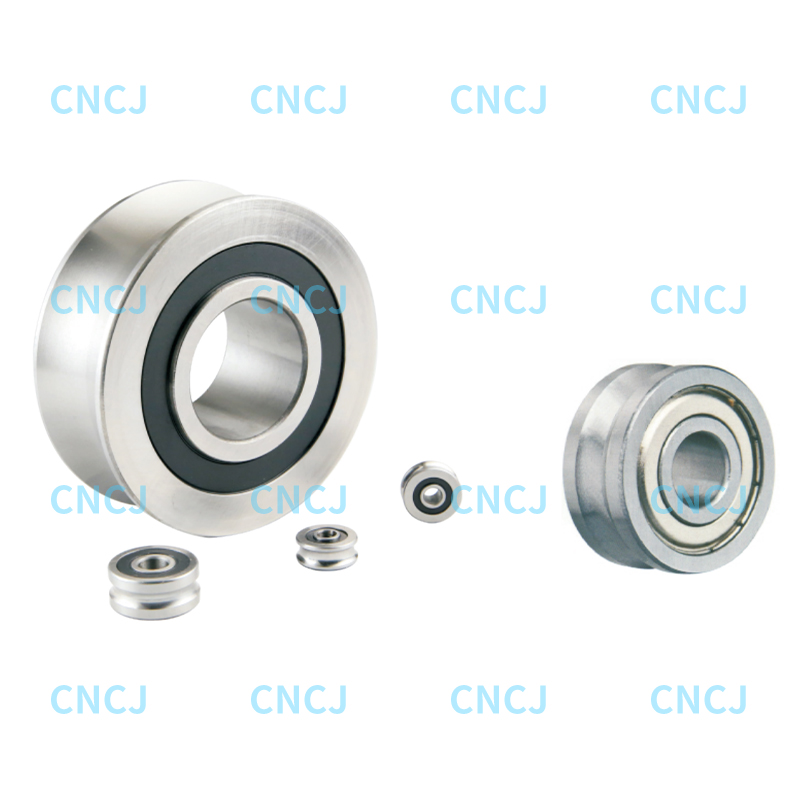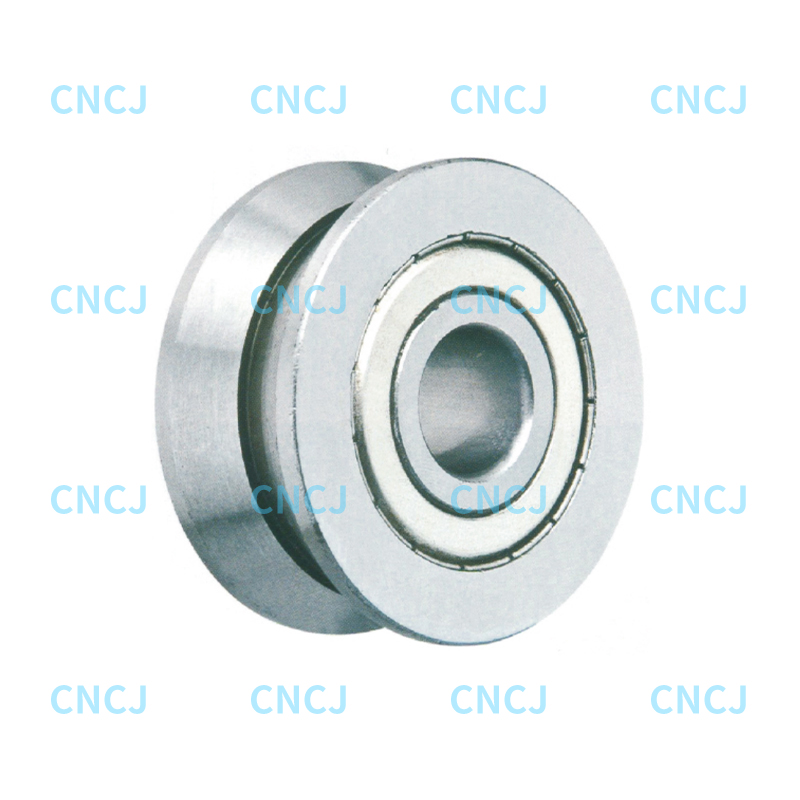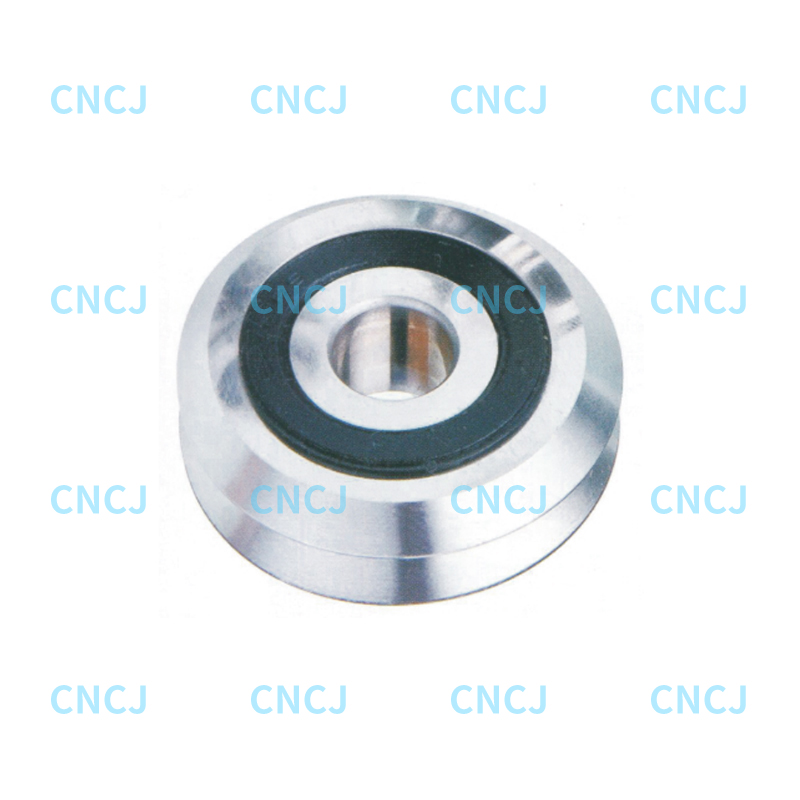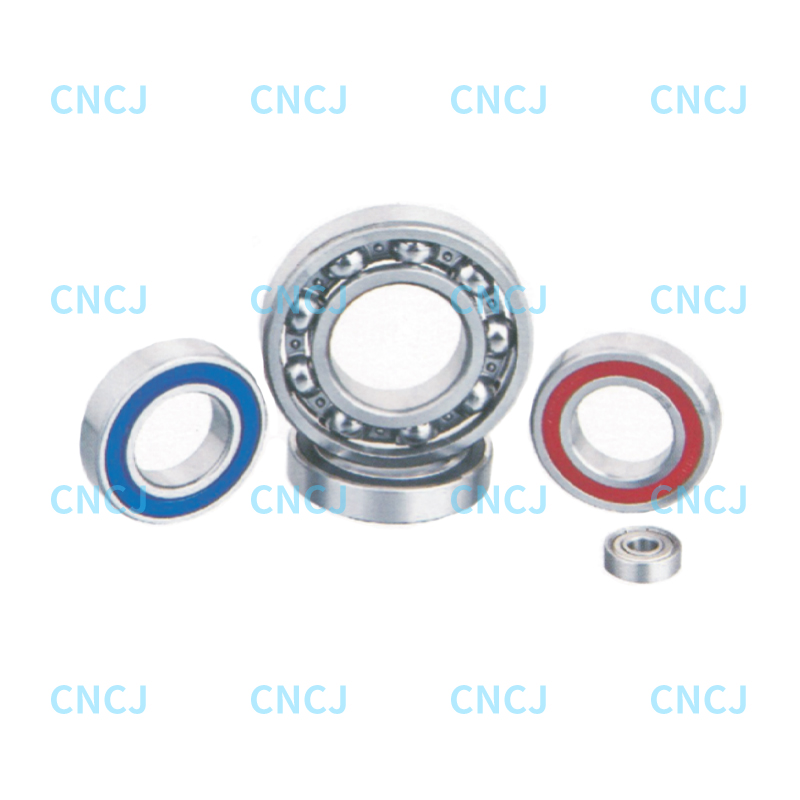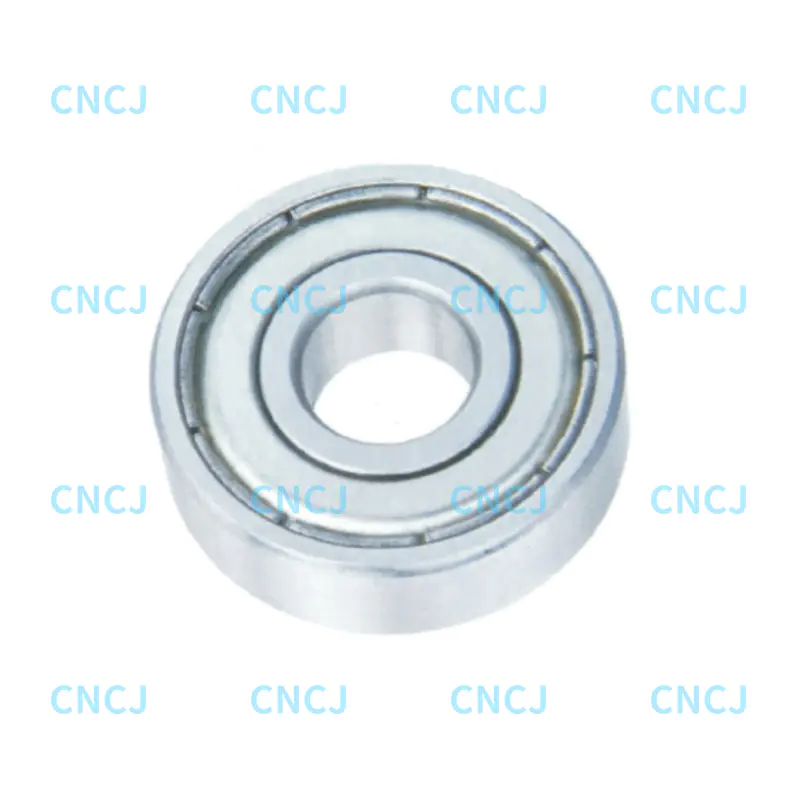Seeders are the backbone of planting season—so when they jam unexpectedly, it delays sowing, wastes seeds, and cuts into farm productivity. A common culprit behind these jams? Faulty or worn bearings, especially in high-stress parts like seeder wheels and drive shafts. The 5203 bearing, a standard deep-groove ball bearing widely used in small to medium farm machinery, is often at the center of this issue. But sealed versions of the 5203 bearing claim to fix jamming and last far longer than non-sealed models. Do they really solve seeder reliability problems? And just how much longer can they extend a bearing’s service life?
Why Do 5203 Bearings Cause Seeder Jamming in the First Place?
Seeders operate in dirty, dusty, and damp conditions—exactly the environment that damages non-sealed 5203 bearings. Here’s why this leads to jamming:
Non-sealed (or open) 5203 bearings have no barrier between their inner components (balls, races, and cages) and the outside world. When a seeder runs, dirt, seed husks, and fine soil particles get sucked into the bearing. These contaminants grind against the moving parts, increasing friction. Over time, this friction wears down the bearing’s races (the smooth rings that hold the balls) and scratches the balls themselves.
As wear worsens, the bearing loses its ability to spin freely. It may start to “stick” or rotate unevenly, which throws off the seeder’s drive system. For example, a worn 5203 bearing in a seeder wheel can cause the wheel to turn erratically, leading to uneven seed spacing or complete jams when the wheel locks up. Moisture makes the problem worse: water seeping into non-sealed bearings causes rust, which accelerates wear and increases the chance of sudden failure.
Farmers often report replacing non-sealed 5203 bearings in seeders every 200–300 operating hours—far too soon for a component that should last through a full planting season.
What Makes Sealed 5203 Bearings Different from Non-Sealed Ones?
Sealed 5203 bearings add a critical barrier that protects the bearing’s inner workings—solving the contamination problem at its source. There are two common types of seals, both designed to keep debris out and lubrication in:
-
Rubber-sealed (2RS) 5203 bearings: These have two rubber lips (one on each side) that press tightly against the bearing’s inner and outer races. The rubber creates a flexible seal that blocks dirt, dust, and water while still allowing the bearing to spin smoothly. Rubber seals are ideal for most seeder applications, as they handle moderate moisture and heavy dust without adding excessive friction.
-
Metal-shielded (ZZ) 5203 bearings: These use thin metal plates attached to the outer race to cover the bearing’s sides. Metal shields offer better durability than rubber (they resist tearing from debris like sharp seed husks) but are slightly less effective at blocking fine dust or water. They’re often used in seeders with high-speed components, where rubber seals might wear down faster.
Both sealed designs also come pre-lubricated with high-temperature grease. Unlike non-sealed bearings (which need frequent re-lubrication), sealed 5203 bearings retain their grease for years—ensuring consistent lubrication that reduces wear. This combination of sealing and pre-lubrication is what sets them apart from non-sealed models.
Can Sealed 5203 Bearings Really Extend Service Life by Multiple Times?
Yes—field data and industry tests show that sealed 5203 bearings last 3–5 times longer than non-sealed versions in seeder applications. Here’s the breakdown:
Non-sealed 5203 bearings typically last 200–300 operating hours in seeders, as mentioned earlier. Sealed 5203 bearings, by contrast, regularly reach 800–1,500 operating hours before needing replacement. This huge difference comes from two key factors:
First, no contamination damage. The seal keeps dirt, dust, and water out, so the bearing’s inner components stay smooth and free of wear. A 2025 study by an agricultural engineering group found that sealed 5203 bearings in seeders had 90% less race wear and 75% less rust than non-sealed bearings after 500 hours of use.
Second, uninterrupted lubrication. Pre-lubricated sealed bearings don’t lose grease to dust (which sticks to exposed grease in non-sealed models) or evaporation. The grease remains effective at reducing friction for the bearing’s entire life, unlike non-sealed bearings that dry out and seize up if not re-lubricated every 50–100 hours.
For farmers, this means fewer bearing replacements, less downtime during planting season, and lower maintenance costs. A seeder using sealed 5203 bearings might go 2–3 full planting seasons without a bearing-related jam—something unheard of with non-sealed models.
Do Sealed 5203 Bearings Fix Seeder Jamming Completely?
Sealed 5203 bearings eliminate the most common cause of seeder jamming (bearing wear from contamination) but won’t fix every issue. Here’s what to know:
They will prevent jams caused by:
- Bearing seizing due to dirt or rust.
- Uneven bearing rotation from worn races or balls.
- Sudden bearing failure that locks up seeder wheels or drive shafts.
They won’t fix jams caused by:
- Clogged seed tubes (from wet seeds or debris).
- Misaligned seeder components (like wheels or gears).
- Worn parts unrelated to bearings (e.g., broken drive belts or gears).
That said, sealed 5203 bearings reduce overall seeder maintenance needs so much that farmers can focus on other potential jam causes (like cleaning seed tubes) before they become problems. Many farmers report a 60–70% drop in total seeder jams after switching to sealed 5203 bearings—enough to save hours of frustration during busy planting periods.
Are Sealed 5203 Bearings Compatible with All Seeders?
Sealed 5203 bearings have the same physical dimensions as non-sealed 5203 bearings—meaning they’re a direct replacement for most seeder models. The standard 5203 bearing size is:
- Inner diameter: 17mm
- Outer diameter: 40mm
- Width: 12mm
This “drop-in” compatibility is key—farmers don’t need to modify their seeders or buy new parts to use sealed 5203 bearings. They work in all common seeder components that use 5203 bearings, including:
- Seeder wheel hubs.
- Drive shaft linkages.
- Chain sprocket bearings.
- Auger (seed conveyor) bearings.
The only exception is seeders with extremely high-temperature components (though this is rare in standard seeders). Rubber-sealed (2RS) bearings can handle temperatures up to 120°C (248°F), while metal-shielded (ZZ) bearings go up to 150°C (302°F)—more than enough for seeder operation, which rarely exceeds 80°C (176°F).
Do Sealed 5203 Bearings Cost More, and Are They Worth the Investment?
Sealed 5203 bearings are slightly more expensive upfront than non-sealed ones—usually 20–50% more per bearing. But their longer life makes them far more cost-effective in the long run.
Let’s break down the math for a typical seeder that uses 4 5203 bearings:
- Non-sealed bearings: $5 each × 4 = $20 per set. Replaced every 300 hours (1 planting season) → $20/season.
- Sealed bearings: $7 each × 4 = $28 per set. Replaced every 1,200 hours (4 planting seasons) → $7/season.
Over 4 seasons, sealed bearings cost $28 total, while non-sealed bearings cost $80—saving $52. Add in the cost of downtime (e.g., $150/hour for a seeder jam that takes 2 hours to fix), and the savings grow even more. A single jam prevented by sealed bearings can cover their upfront cost.
Farmers also save time on maintenance: non-sealed bearings need re-lubrication every 50–100 hours, while sealed bearings need no lubrication checks. This frees up time for other critical tasks during planting season.
What Maintenance Do Sealed 5203 Bearings Need to Maximize Their Life?
Sealed 5203 bearings are low-maintenance, but a few simple steps will ensure they last as long as possible:
- Install them correctly: Make sure the bearing is pressed firmly into its housing (not too tight, which can damage the seal) and aligned with the seeder’s shaft. Misalignment causes extra stress on the seal and inner components.
- Keep the surrounding area clean: While the seal blocks most debris, wiping down the bearing’s exterior (and the seeder component it’s attached to) after use removes loose dirt that could eventually wear down the seal.
- Check for seal damage during routine seeder checks: Look for cracks or tears in rubber seals, or bent metal shields. If the seal is damaged, replace the bearing immediately—even a small hole will let contaminants in.
- Avoid pressure washing directly on bearings: High-pressure water can force its way past rubber seals. Wash around the bearing instead, and dry the area with a cloth afterward.
For farmers tired of seeder jams and frequent bearing replacements, sealed 5203 bearings are a game-changer. They solve the root cause of most bearing-related issues (contamination) and extend service life by 3–5 times—all with no modifications to existing seeders. While they cost a little more upfront, their long-term savings in time, money, and frustration make them an essential upgrade for any seeder. The next time your seeder jams, the problem might not be the machine—it could be the type of 5203 bearing you’re using.

 English
English 中文简体
中文简体 Deutsch
Deutsch Español
Español